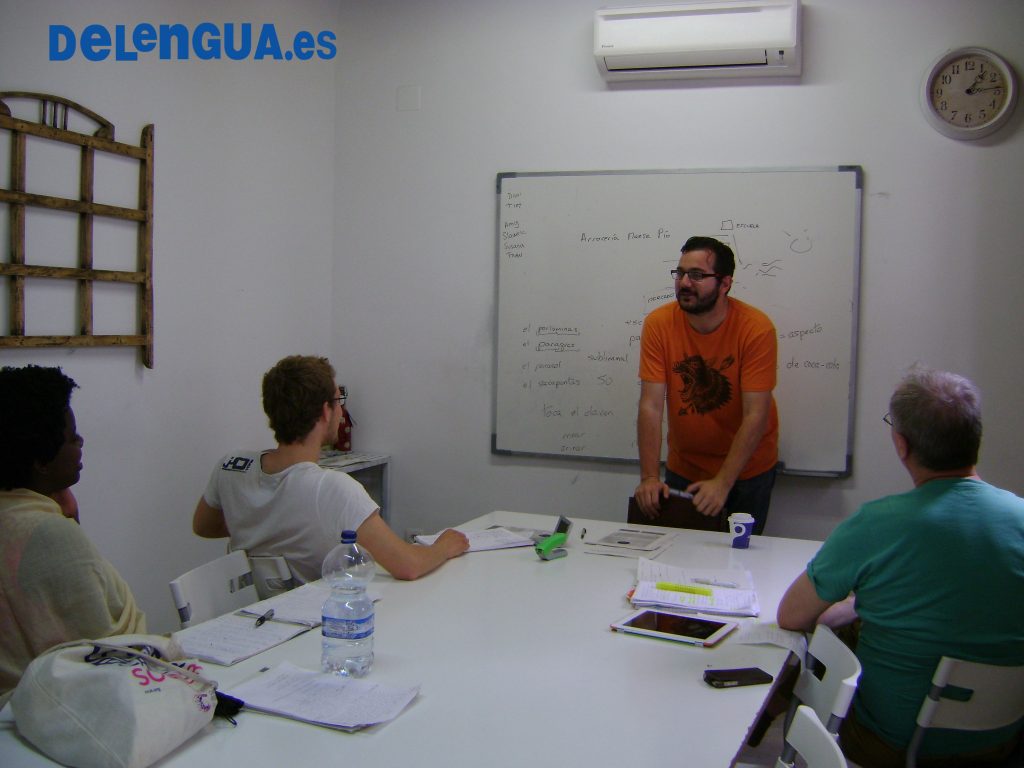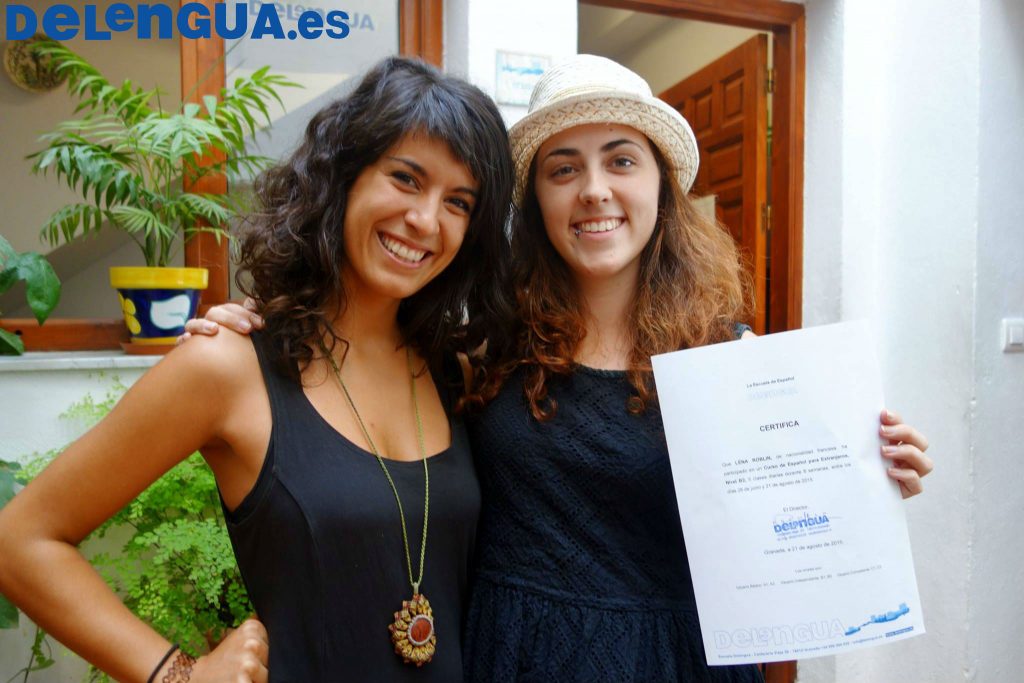
| Español | English | |
|---|---|---|
| Si se necesita el Subjuntivo o el Indicativo en un cuento o en general en una frase, siempre es una buena pregunta. La mayoría de los estudiantes de la lengua española piden en un curso de lengua al principio unas tareas que tratan de esta tema.
Cómo crear los dos modos es fácil: en el Subjuntivo los verbos que terminan con -ar, se cambian el -a por una -e y los verbos que terminan con -er/ -ir cambian la terminación a una -a. Aplicado a unos verbos eso significaría para los verbos que terminan con -ar: yo hablo → yo hable, tú hablas → tú hables, él habla → él hable, nosotros hablamos → nosotros hablemos, vosotros habláis → vosotros habléis, ellos hablan → ellos hablen. Para los verbos que terminan con -er/ -ir las terminaciones serían: -a, -as, -a, -amos, -áis, -an. En oposición al Indicativo se utiliza el Subjuntivo para expresar especulaciones, para expresar deseos o querer, ideas, eventualidad o expresión de una opinión. El uso del Subjuntivo se manifiesta por ejemplo en las frases siguientes: Posiblemente Pedro esté en casa. Quizá no hayan recibido nuestra carta. Busco un piso que esté cerca del centro. Quiero que vayas al supermercado. Espero que estés bien. Hay algunas giros que ya están fundados y que siempre se utiliza con el Subjuntivo: como sea, o sea, pase lo que pase, quien sea. El Indicativo, al otro lado, hace referencia en general a acontecimientos o eventos, se utiliza para expresar acciones o situaciones que fijadas. Ahora sabes cuándo utilizar el Subjuntivo en comparación al Indicativo. Para utilizar tus conocimientos, la Escuela Delengua de Granada te ofrece material de aprendizaje gratuito bajo: http://www.delengua.es/spanish-courses-spain/free-spanish-resources.html. |
|
If you need the Subjunctive or the Indicative in story or in general in a sentence, always is a good question. The most of the Spanish students ask in their language courses at the begining for some exercises which deal with that topic.
How to build this two modes is easy: in the Subjunctive the verbs which end in -ar, change the -a for an -e and the verbs which end in -er/ -ir subsitute the ending to an -a. Transfered to some verbs this significate for the verbs which end with an -ar: yo hable → yo hable, tú hablas → tú hables, él habla → él hable, nosotros hablamos → nosotros hablemos, vosotros hablais → vosotros habléis, ellos hablan → ellos hablen. The ending of the verbs which end in -er/ -ir would be: -a, -as, -a, -amos, -áis, -an. In opposite to the Indicative you use the Subjunctive to express speculation, wishes or will, ideas, enventuality or expressions of opinion. The use of the Subjunctive it declares it-self in the following sentences: Posiblemente Pedro esté en casa/ Possibly Pedro is at home. Quizá no hayan recibido nuestra carta/ Maybe he didn’t receive our letter. Busco un piso que esté cerca del centro/ I’m looking for an appartment which is near the centre. Quiero que vayas al supermercado/ I want you to go to the supermarket. Espero que estés bien/ I hope you are fine. There are some expressions which are determined and which you use always with the Subjunctive: como sea/ how ever, o sea/ that means, pase lo que pase/ whatever, quien sea/ whoever. The Indcative, on the other hand, refers in general to events or actions, you use it to express actions or situations which are determinde. Now you know when to use the Subjunctive in comparison to the Indicative. To use your knowledege, the language school Escuela Delengua in Granada offers you free-learning-material at: http://www.delengua.es/spanish-courses-spain/free-spanish-resources.html. |














